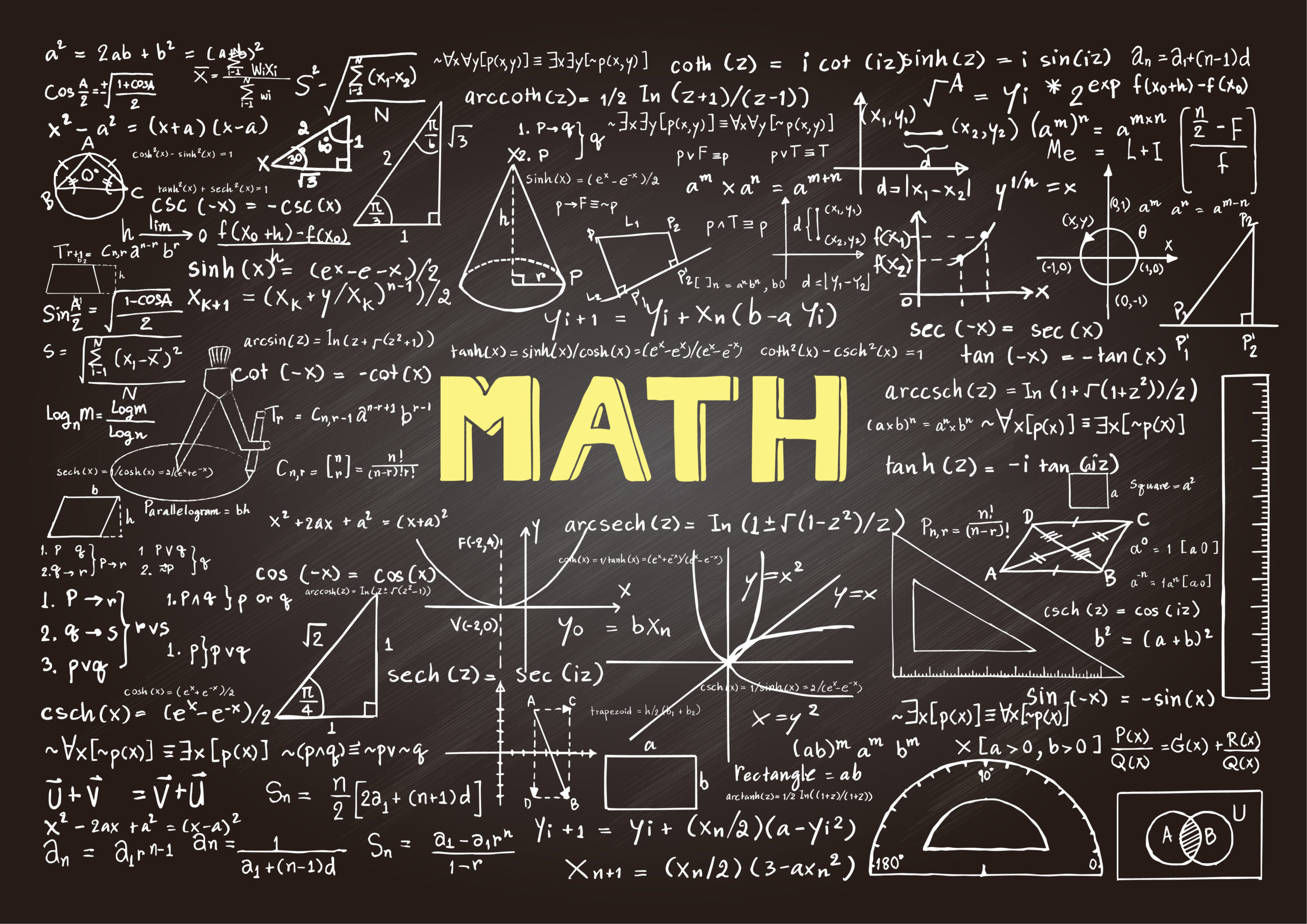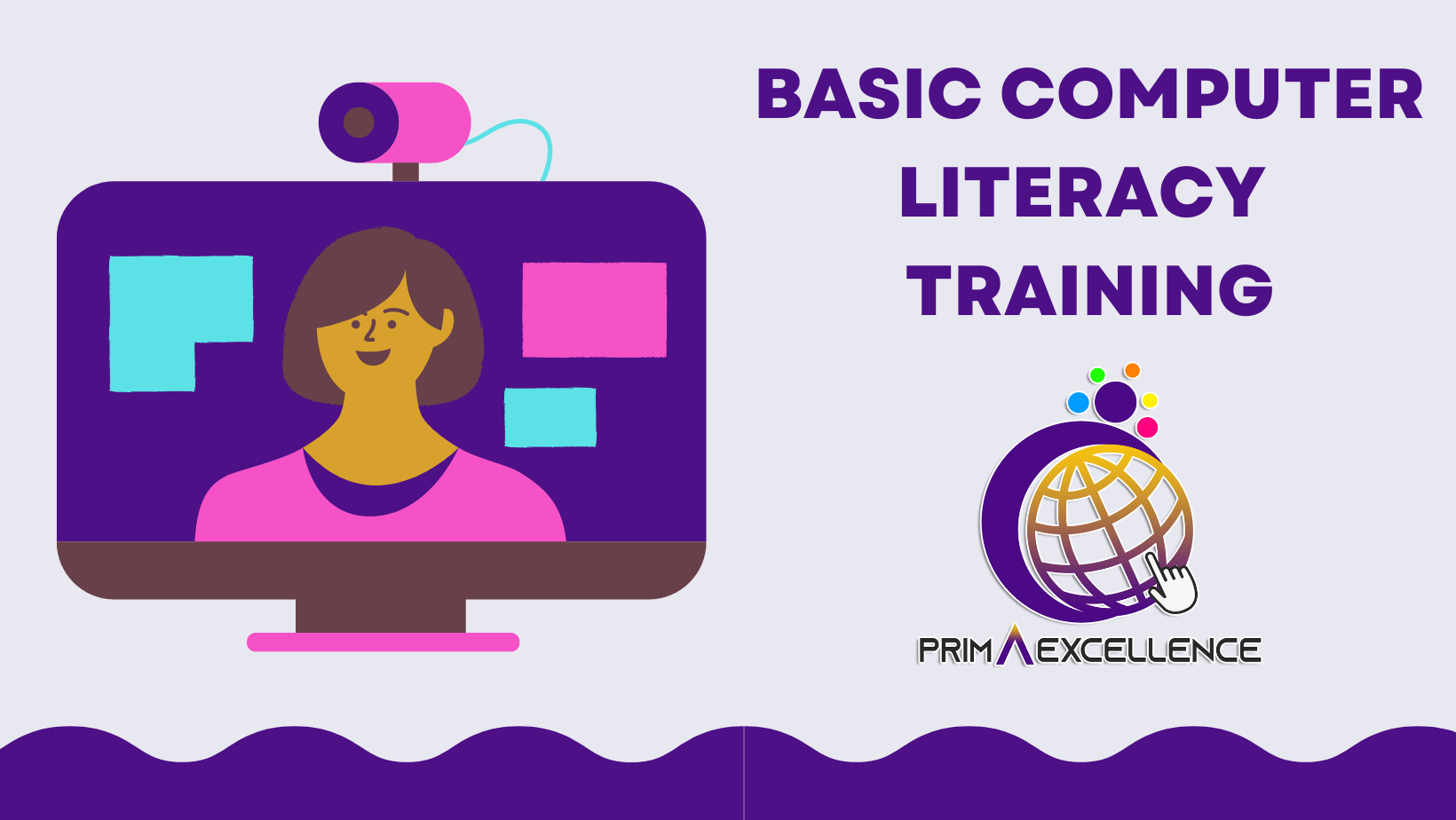MATH MAJORS

SAVE
64%
About Bundle
The World Class Math: Asian Teaching Methods course is designed to provide educators with insights into the effective teaching methods and strategies employed in Asian countries, known for their exceptional performance in mathematics education. This course is suitable for math teachers who want to enhance their instructional practices and incorporate proven Asian teaching approaches to promote deep understanding, problem-solving skills, and critical thinking in their students. Participants will explore innovative instructional techniques, engage in collaborative problem-solving activities, and learn how to adapt these methods to their own classrooms.
Courses in the Bundle (2)
-
BASIC COMPUTER LITERACY TRAINING
By Christie Busito | Category: Professional Teachers


